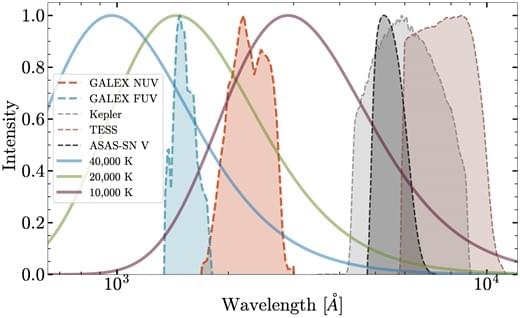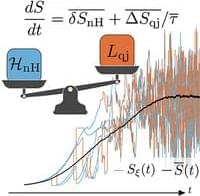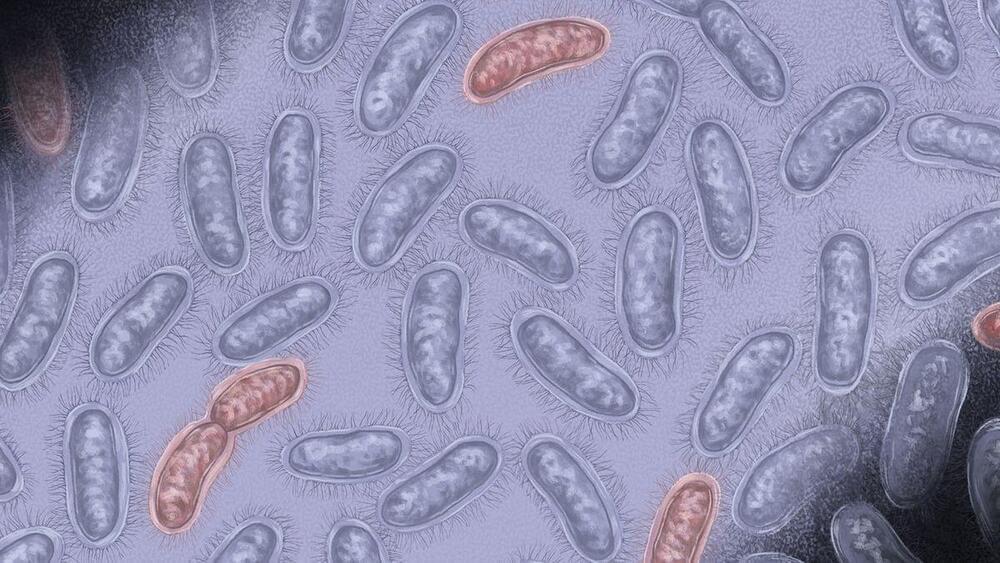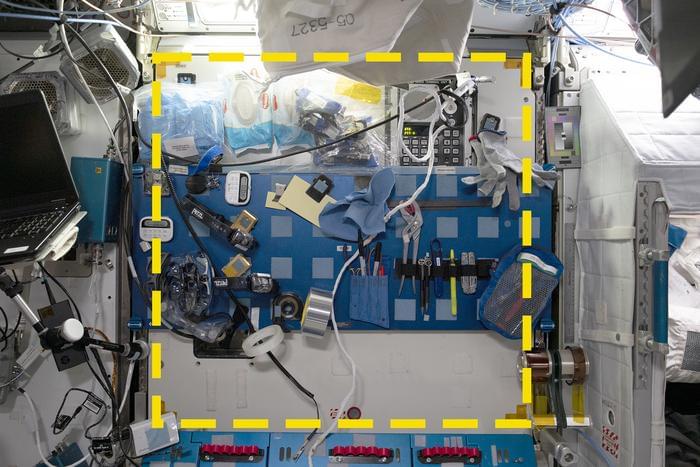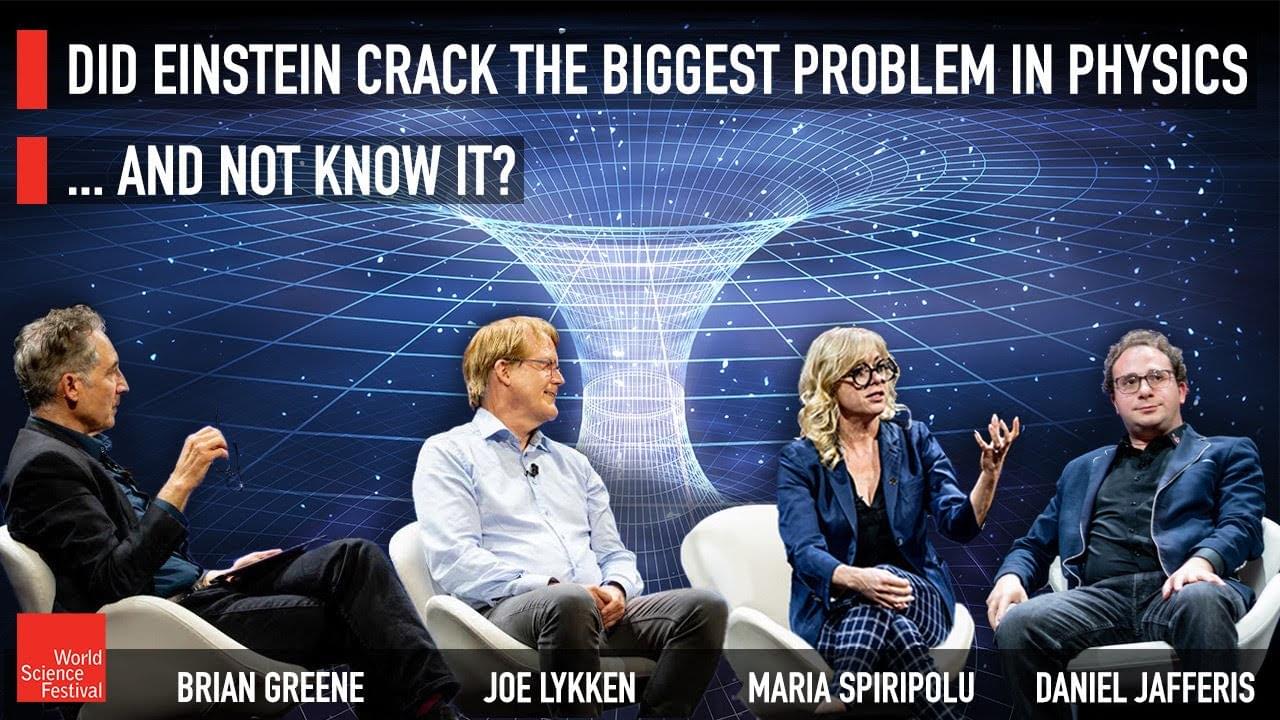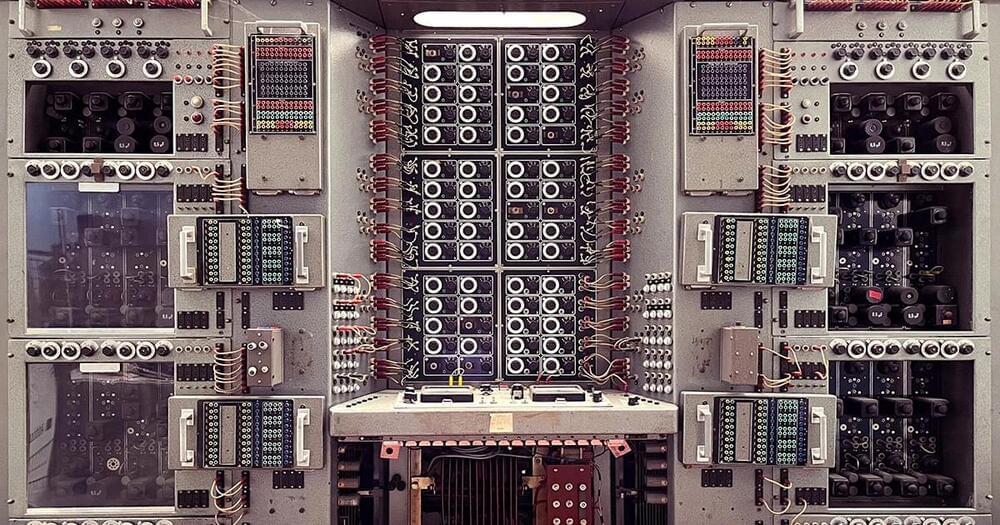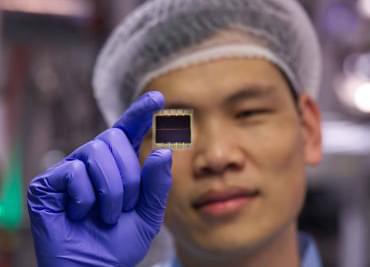We identify 182 flares on 158 stars within 100 pc of the Sun in both the near-ultraviolet (NUV; |$1750\!-\!2750$| Å) and far-ultraviolet (FUV; |$1350\!-\!1750$| Å) using high-cadence light curves from the Galaxy Evolution Explorer. Ultraviolet (UV) emission from stellar flares plays a crucial role in determining the habitability of exoplanetary systems. However, whether such UV emission promotes or threatens such life depends strongly on the energetics of these flares. Most studies assessing the effect of flares on planetary habitability assume a 9,000 K blackbody spectral energy distribution that produces more NUV flux than FUV flux (|mathcal R \equiv F_rm FUV / F_rm NUV \approx \frac16$|). Instead, we observe the opposite with the excess FUV reaching |mathcal R \approx \frac12\!-\!2$|, roughly |$3\!-\!12$| times the expectation of a 9,000 K blackbody. The ratio of FUV to NUV time-integrated flare energies is 3.0 times higher on average than would be predicted by a constant 9,000 K blackbody during the flare. Finally, we find that the FUV/NUV ratio at peak tentatively correlates (|sim 2 \sigma$| significance) both with total UV flare energy and with the G − RP colour of the host star. On average, we observe higher FUV/NUV ratios at peak in |$E_text{UV}\gt 1032$| erg flares and in flares on fully convective stars.
Fascinating study!
A new study suggests that cloud-to-ground lightning likely provided the necessary material for the first organisms on Earth to form.
A new model of stochastic entanglement dynamics uncovers the impact of quantum jumps and non-Hermitian evolutions in measurement-induced phase transitions.
For decades, microbiologists like Weiss thought of antibiotic resistance as something a bacterial species either had or didn’t have. But “now, we are realizing that that’s not always the case,” he said.
Normally, genes determine how bacteria resist certain antibiotics. For example, bacteria could gain a gene mutation that enables them to chemically disable antibiotics. In other cases, genes may code for proteins that prevent the drugs from crossing bacterial cell walls. But that is not the case for heteroresistant bacteria; they defeat drugs designed to kill them without bona fide resistance genes. When they’re not exposed to an antibiotic, these bacteria look like any other bacteria.
How do astronauts cope with life onboard the International Space Station (ISS) and how can scientists study it? This is what a recent study published in PLoS ONE hopes to address as an international team of researchers used archaeological investigation strategies to ascertain how ISS crew members managed their lives in space, specifically pertaining to the astronauts’ habits of using and storing the various materials onboard the orbiting outpost. This study holds the potential to help scientists better understand how humans cope with living in space for long periods of time, which could be useful for trips to the Moon and Mars, someday.
The study, known as the Sampling Quadrangle Assemblages Research Experiment (SQuARE) experiment, was conducted over a 60-day period between January and March 2022 where six common locations onboard the ISS were designated as “squares”, which is a common archaeology strategy of digging pits to ascertain the most viable areas of further investigation. During the study, the astronauts photographed each square every day to ascertain how they were used, and the researchers would compare that to the location’s original purpose.
Join Brian Greene and a team of researchers testing Google’s quantum computer to glean new insights about quantum gravity from their impressive–if controversial–results.
Participants:
Maria Spiropúlu.
Joseph Lykken.
Daniel Jafferis.
Moderator:
Brian Greene.
00:00 — Introduction.
New approach creates skilled robots:
MIT researchers have developed a groundbreaking algorithm that enables robots to rapidly learn and master complex tasks.
What Is Analog Computing?
Posted in computing
You don’t need 0s and 1s to perform computations, and in some cases it’s better to avoid them.
A new ultra-thin material created by scientists at Oxford University could revolutionize solar collection technology.
